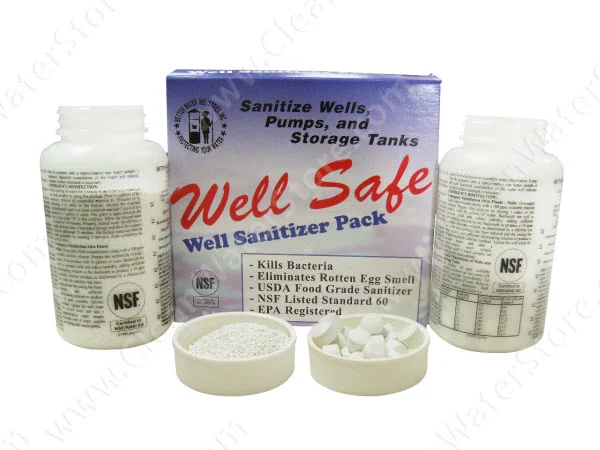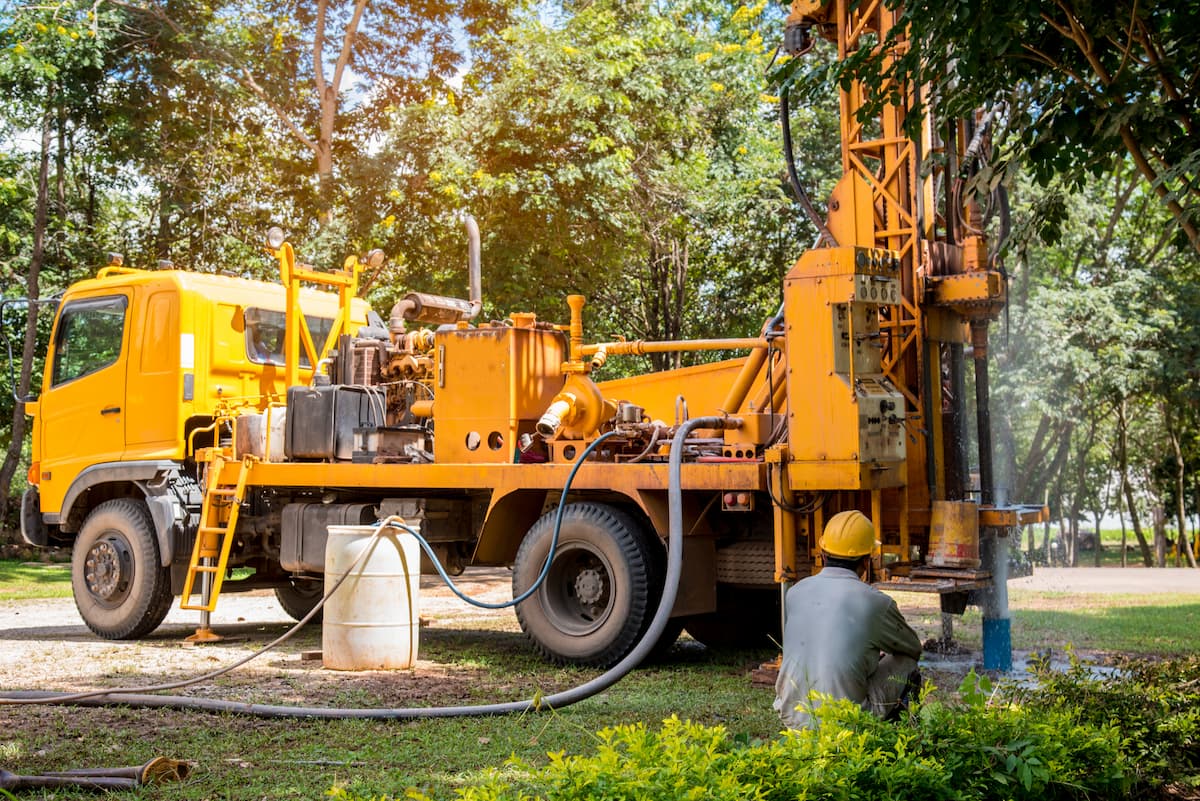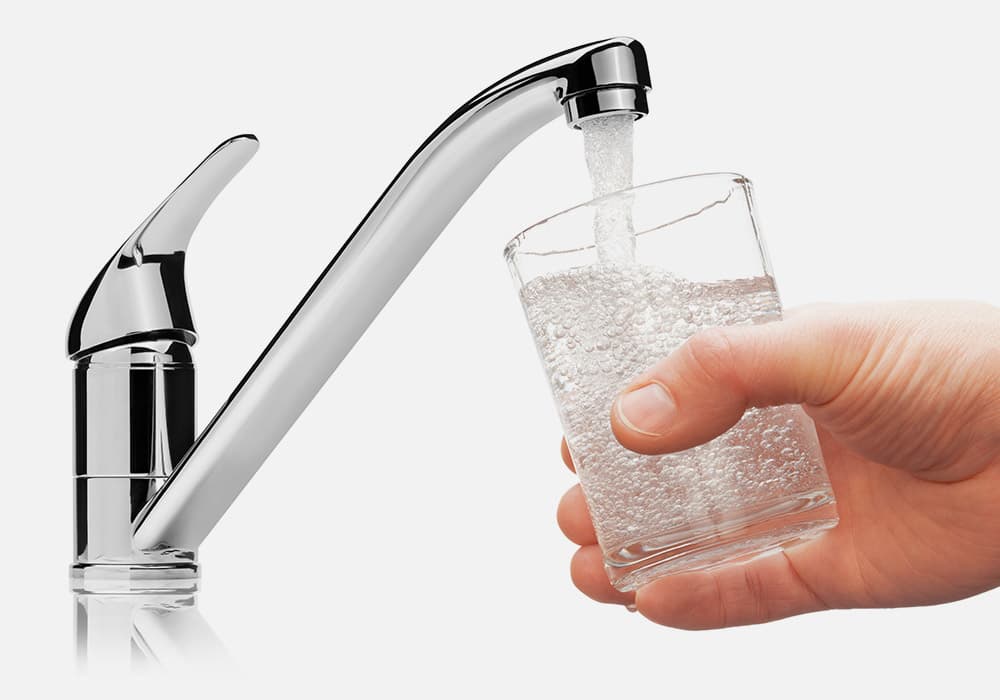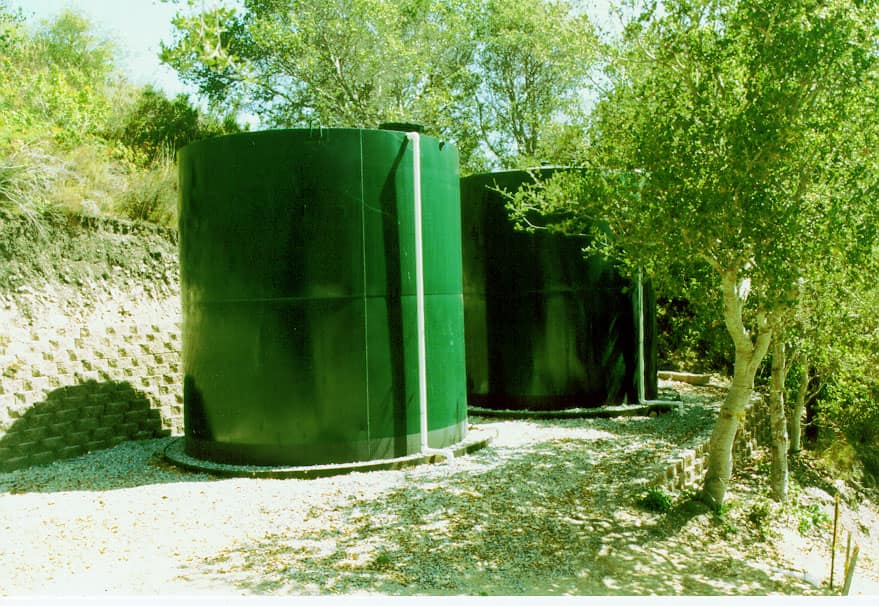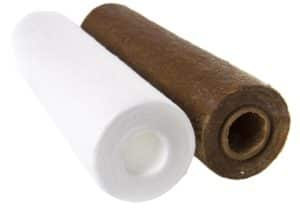Do It Yourself (DIY) Well Water Kit for Coliform Bacteria
Do It Yourself (DIY) Well Water Kit for Coliform Bacteria
 Health Departments and EPA guidelines recommend testing your well water at least twice a year for coliform bacteria. Bacteria can contaminate a well without any change in taste or odors to the water.
Health Departments and EPA guidelines recommend testing your well water at least twice a year for coliform bacteria. Bacteria can contaminate a well without any change in taste or odors to the water.
Now you can analyze for unhealthy bacteria at home utilizing state-of-the-art, low cost test kits. These professional kits make it easy for you to keep an eye on your home well drinking water supplies for contamination through consistent water testing of your water well.
Sources of Bacterial infections of drinking water
 Human, as well as rodent waste products can be a principal source of bacterial contamination in well water. These sources of bacterial contamination consist of run-off out of yards, feedlots, pastures, canine runs, and other farm land areas where animal wastes are deposited. Bugs, rats or rodents or wildlife entering the well can also be sources of contaminants.
Human, as well as rodent waste products can be a principal source of bacterial contamination in well water. These sources of bacterial contamination consist of run-off out of yards, feedlots, pastures, canine runs, and other farm land areas where animal wastes are deposited. Bugs, rats or rodents or wildlife entering the well can also be sources of contaminants.
Some other sources include things like leaking coming from septic tanks as well as sewage treatment services.
Bacteria from these sources can enter home water wells if these wells are: 1) open on the surface, 2) don't have water-tight casings or caps, 3) do not have a seal of grout in the space (the space between the wall of the well and the outside of the well casing).
 Generally, there are three categories of coliform bacteria that need to be tested. These are: total coliform, fecal coliform, and E. coli. The presence of total coliform, by itself, doesn't imply that the resource is contaminated.
Generally, there are three categories of coliform bacteria that need to be tested. These are: total coliform, fecal coliform, and E. coli. The presence of total coliform, by itself, doesn't imply that the resource is contaminated.
Coliform Bacteria
Coliform bacteria are living in soil, on plants and flowers, and in surface water. They are found in the intestines of warm-blooded animals and their feces and are known as E.coli.
A number of strains of coliform bacteria can easily survive for long periods in soil and water. Insects can also transport bacteria into well casings. Coliform bacteria are the most common contaminants seen in private water systems. Your well should be tested at least once a year for bacteria.
In many instances, whenever total coliform is detected, additional tests are performed to verify either the presence or absence of fecal or E. coli bacteria.
Wells which have recently been worked on can become contaminated by the the work itself
Introduction of coliform bacteria into your well can occur from the tools that are used. These are the drilling pipe, fluids used in the drilling, and any number of other items used in drilling and servicing wells. Anything can happen such as tools or dirt falling down into the well while it is being worked on or even airborne particles being carried down into the well.
There are two basic ways coliform bacteria can get into a well.
One is by the original drilling and installation of the pump. The other is when the well or pump is being repaired. Original drilling processes include the activities related to the original construction of the well, including the original pump installation.
This represents the first and usually most severe exposure of the well to bacterial contamination. Because there are so many different ways to introduce bacteria into the system, the original well construction can often be the cause of an ongoing bacteria problem that can go on for many years.
All water used in the drilling process must be chlorinated-treated water or, at the very least, free from any bacteria or viruses. Do a thorough chlorination of all water used during drilling and before it is introduced into the well.
Do not assume that the water used for drilling obtained from a neighboring well is free from bacteria. Add chlorine of not less than 50 PPM (mg/L)to any water entering the well, no matter where the water came from.
Other sources of contamination
Equipment and tools lying on the ground or the bed of a service truck also represent excellent paths for bacteria or viral contamination. This equipment should be kept as dry and clean as possible, covered until needed, and washed down with a chlorinated solution before placing into the well.
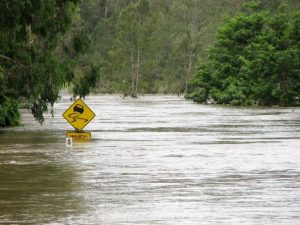
Before disinfecting your well check the condition of the well. Make sure there is no exposed or damaged wiring. Shock Hazard! Contact a well professional before the disinfection process if you have any doubt about the integrity or condition of your well. Do not attempt to do this yourself until your well has been inspected.
DIY Coliform Test Kits Now Available
The EZ Coliform Cult is an easy, fast, and effective presence/absence test for total coliforms and E.coli in water. If you do detect bacteria we recommend further testing be done by a state certified lab.
Coliform Testing, How It Works
Fill the bottle with untreated well water.
The media will turn blue-green if coliform bacteria is present, or will remain clear-yellow if coliform bacteria is absent.
For 24 hour results for coliform bacteria, heat the sample to 95*F for 24 hours. If kept at 77*F, the test will take 48 hours.
Heating the sample is not required and does not affect the accuracy, only the timing of the test.

E.coli Testing is easy
E. coli growth is confirmed by blue fluorescence under UV light. This tool can confirm the presence of e.coli bacteria: UV Light. (Just select the UV Light from the button selection menu.)
Get your Coliform bacteria test kit now to find out if your water is safe. Protect your family from pathogens in your water. Test it and and if found to be unfit, have your water treated first.



